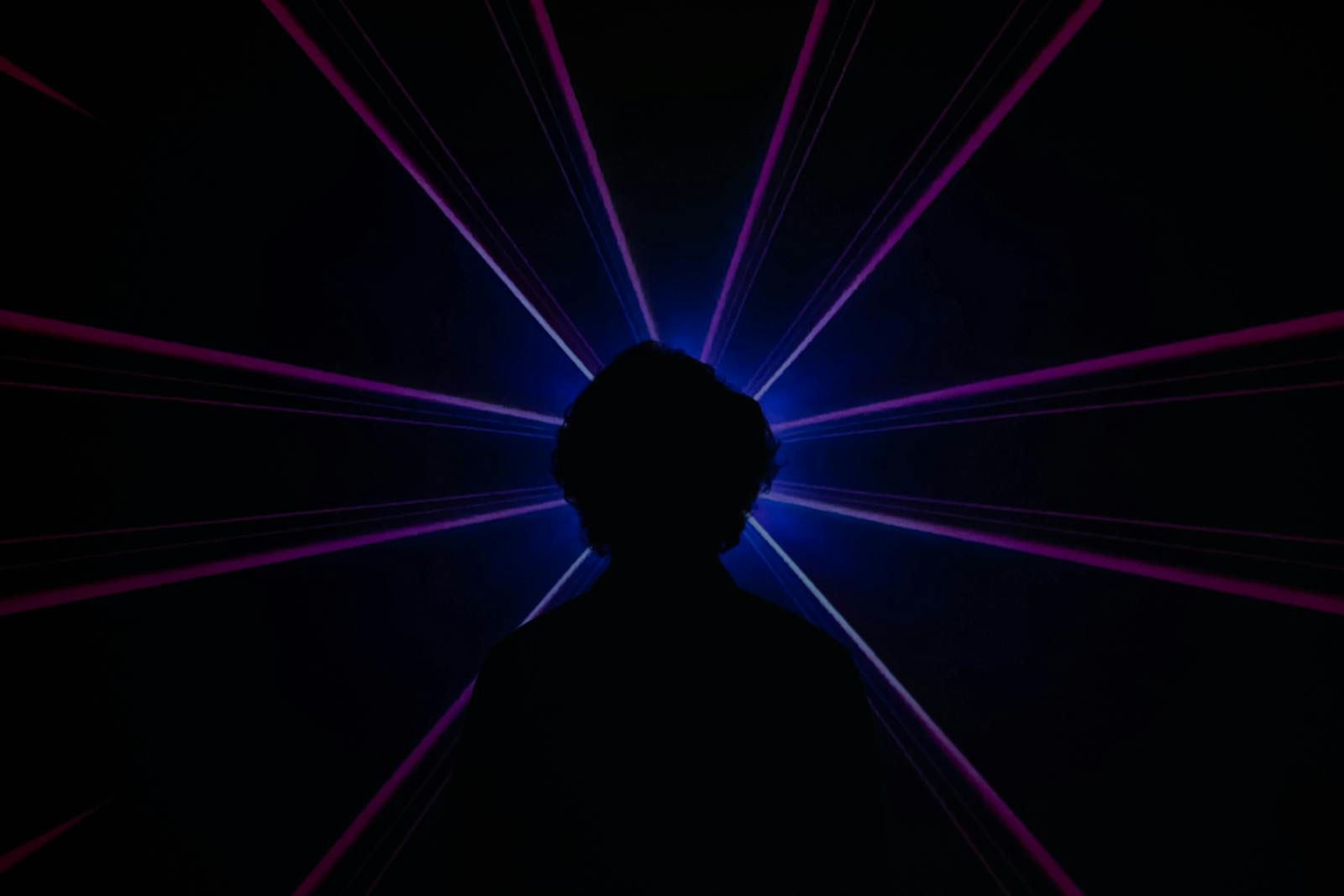New observations challenge long-held assumptions about dark energy, pointing to its dynamic nature and opening new doors in cosmology.
Key Points at a Glance
- Dark energy, responsible for the universe’s accelerated expansion, may not be constant.
- Data from DESI suggests dark energy is evolving over time.
- This could mark the end of the “cosmological constant” model.
- Results hint at a paradigm shift in understanding the universe’s composition.
- Upcoming data from DESI and Euclid will refine these findings.
In 2024, scientists took a monumental step forward in unraveling the enigma of dark energy. This mysterious force, which constitutes approximately 68% of the universe’s matter-energy budget, has long been described as a “cosmological constant” – a fixed entity driving the universe’s accelerated expansion. Yet, data from the Dark Energy Spectroscopic Instrument (DESI) suggest that dark energy might not be constant after all. Instead, it appears to be evolving.
A Dynamic Universe
Dark energy first came to light in 1998 when astronomers discovered the universe’s expansion was accelerating. This surprising phenomenon, akin to a swing slowing down and then inexplicably speeding up again, left scientists searching for explanations. The placeholder term “dark energy” was coined, reflecting its unknown nature.
For decades, the prevailing Lambda Cold Dark Matter (LCDM) model assumed dark energy to be a cosmological constant. However, findings from DESI challenge this assumption. The instrument’s precise measurements of redshift—the stretching of light as galaxies move away—hint at a weakening effect of dark energy over the past 11 billion years.
“This discovery of evolving dark energy would be as revolutionary as the discovery of the accelerated expansion of the universe itself,” said cosmologist Luz Ángela García Peñaloza.
Implications for Cosmology
The notion of a dynamic dark energy opens the door to new models of the universe. One such idea, “early dark energy” (EDE), suggests that dark energy has always been present but played varying roles throughout the universe’s history. This challenges the long-held belief that it only began dominating around 4 to 5 billion years ago.
Should these findings hold, they could address a persistent issue with the cosmological constant model: its predictions for vacuum energy vary wildly from observations, by up to 120 orders of magnitude. Such discrepancies have made it “the worst theoretical prediction in the history of physics.”
What’s Next?
While the DESI data offers exciting possibilities, it remains preliminary. Further results from DESI’s ongoing five-year survey, along with observations from the recently launched Euclid space telescope, are expected to provide critical insights. Euclid, dubbed the “dark energy detective,” is poised to complement DESI’s findings with high-resolution cosmic maps.
As García Peñaloza noted, “Perhaps it is still too early to say we are solving this mystery, but I would say that we now know a bit more about the behavior of this unknown ingredient.”
With 2025 promising additional data and advanced simulations, the scientific community eagerly awaits the next chapter in this cosmic detective story. Could this be the beginning of the end for the cosmological constant? Only time—and data—will tell.
